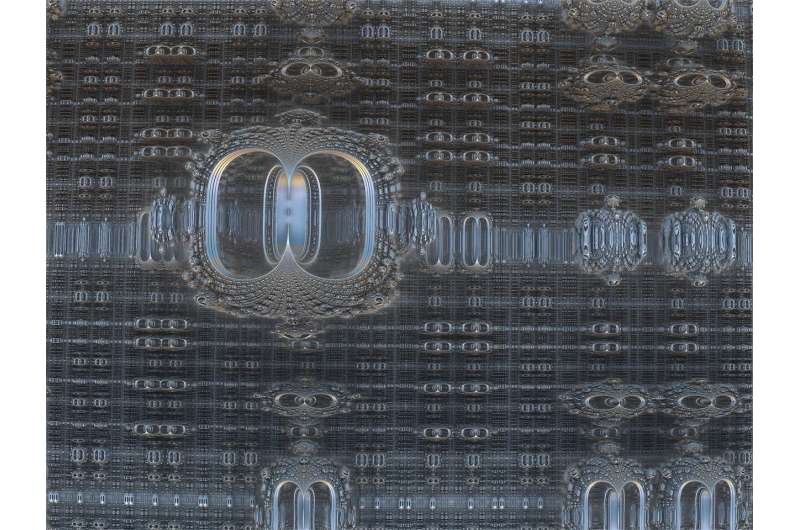Credit: CC0 Public Domain
Researchers at Syracuse University, working with collaborators at the University of Wisconsin (UW)-Madison, have developed a new technique for measuring the state of quantum bits, or qubits, in a quantum computer.
Their findings are the subject of an article in Science magazine, which elaborates on the experimental efforts involved with creating such a technique.
The Plourde Group—led by Britton Plourde, professor of physics in Syracuse's College of Arts and Sciences (A&S)—specializes in the fabrication of superconducting devices and their measurement at low temperatures.
Much of their work involves qubits, which are systems that follow the strange laws of quantum mechanics. These laws enable qubits to exist in superpositions of their two states (zero and one), in contrast to digital bits in conventional computers that exist in a single state.
Plourde says that superposition, when combined with entanglement ("another counterintuitive aspect of quantum mechanics"), leads to the possibility of quantum algorithms with myriad applications.
"These algorithms can tackle certain problems that are impossible to solve on today's most powerful supercomputers," he explains. "Potential areas impacted by quantum information processing include pharmaceutical development, materials science and cryptography."
Intensive, ongoing industrial-scale efforts by teams at Google and IBM have recently led to quantum processors with approximately 50 qubits. These qubits consist of superconducting microwave circuits cooled to temperatures near absolute zero.
Building a quantum computer powerful enough to tackle important problems, however, will require at least several hundreds of qubits—likely many more, Plourde says.
The current state-of-the-art approach to measuring qubits involves low-noise cryogenic amplifiers and substantial room-temperature microwave hardware and electronics, all of which are difficult to scale up to significantly larger qubit arrays. The approach outlined in Science takes a different tack.
"We focus on detecting microwave photons," says Plourde, also editor-in-chief of IEEE Transactions on Applied Superconductivity (Institute of Electrical and Electronics Engineers). "Our approach replaces the need for a cryogenic amplifier, and could be extended, in a straightforward way, toward eliminating much of the required room-temperature hardware, as well."
Plourde says the technique co-developed at Syracuse and UW-Madison could eventually allow for scaling to quantum processors with millions of qubits. This process is the subject of a previous article by Plourde and his collaborators in Quantum Science and Technology (IOP Publishing, 2018).
More information: A. Opremcak et al, Measurement of a superconducting qubit with a microwave photon counter, Science (2018). DOI: 10.1126/science.aat4625
Journal information: Science
Provided by Syracuse University























